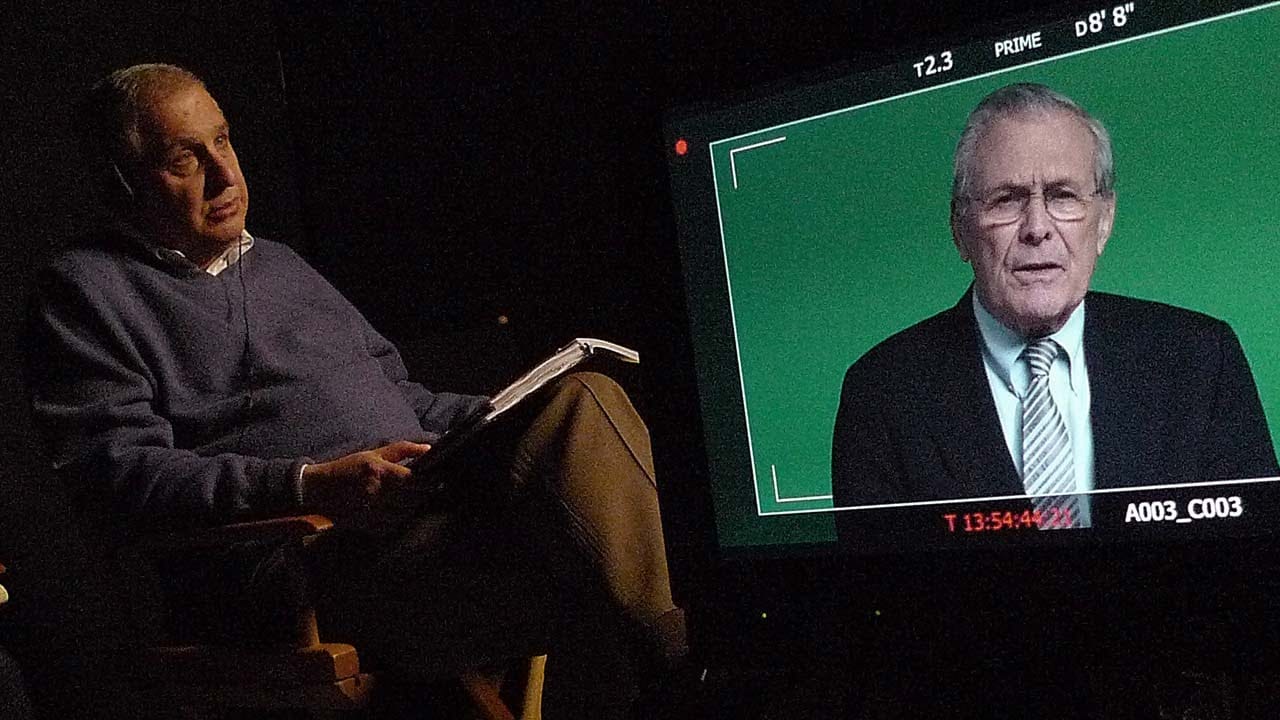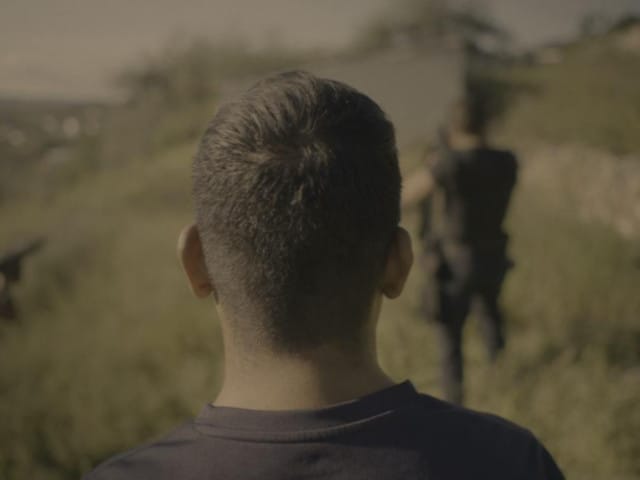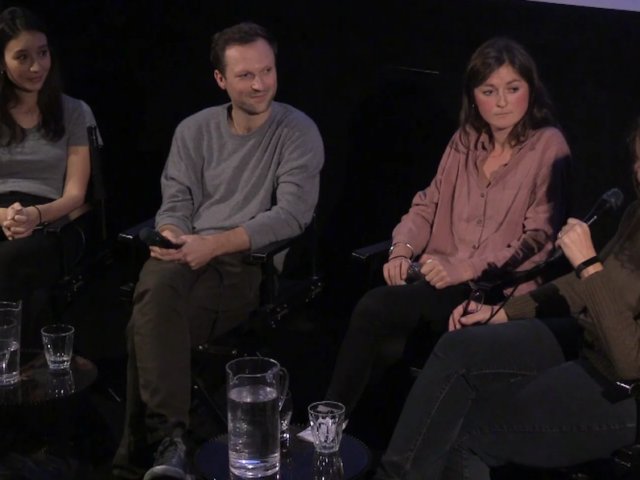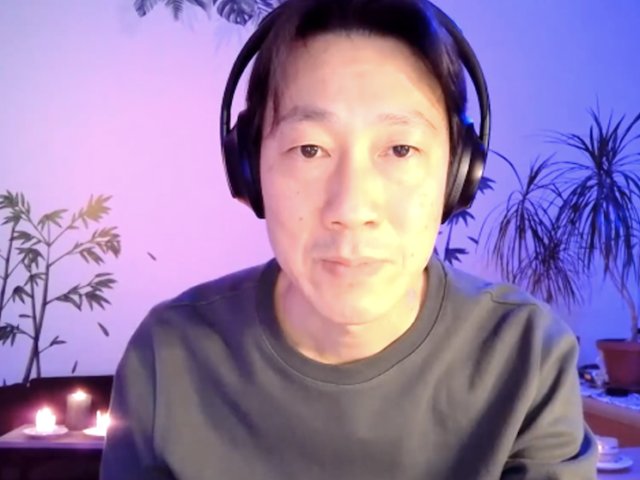The weapon of choice of many documentarians is the camera. But some filmmakers take it one step further, with the camera aesthetics becoming integral to the audience's perception of the story - a way of experiential witnessing that goes way beyond conventionality.
A Wolfpack Called Ernesto / Everardo González / 2023 / 81 mins
Everardo González’s A Wolfpack Called Ernesto tells the story of young Mexican teenagers, caught up in the endless violence of Latin American drug cartels. Hypnotically filmed from an almost omniscient perspective, we witness their worlds from a camera mounted on the subjects behind their head, producing a unique POV experience.
Interested in González’s unique approach to the visual aesthetics of his film? Here are some other examples of documentarians pushing the boundaries of cinematography.
Leviathan / Lucien Castaing-Taylor, Verena Paravel / 2012 / 87 mins
Filmed on board a commercial fishing vessel, shooting took place 200 miles off the coast of New Bedford, Massachusetts. Having lost their primary camera to the sea, the two filmmakers instead relied on their auxiliary GoPro cameras, which produced footage of varying quality, adding to the visceral grittiness of the film. Described as hallucinatory, Leviathan is a heavy hitter when it comes to unique visual aesthetics and camera work in documentary cinema.
Evelyn / Orlando Von Einsiedel / 2018 / 100 mins
Director Orlando von Einsiedel turned the camera on himself in this deeply personal film about his family’s past. Whilst Orlando and his family trek through the British countryside, cameras record constantly, yet never feel intrusive to those being recorded.
Orlando tells us here, in a post-screening Q&A we hosted in 2018 for the film, that the cinematographer, Franklin Dow, spent three months building a camera rig that lived in the back of a backpack and discreetly filmed the family as they walked so that they could express themselves without being conscious of a camera recording them.

Errol Morris: The Interrotron
Mr. Death: The Rise and Fall of Fred A. Leuchter, Jr., The Fog of War and The Unknown Known are a few of many documentaries that use Errol Morris’s invention: The Interrotron. This device allows the filmmaker and subject to see each other whilst looking directly into the lens. According to Errol Morris, this creates the effect of eye contact between the audience and the subject of the film – a unique perspective in the visual aesthetics of not just documentary but cinema as a whole.
As Morris notes: “We all know when someone makes eye contact with us. It is a moment of drama. Perhaps it’s a serial killer telling us that he’s about to kill us; or a loved one acknowledging a moment of affection.”

Grenfell / Steve McQueen / 2023 / 25 mins
Filmed entirely from an aerial perspective, this haunting short documentary was an intervention by artist and filmmaker Steve McQueen on the landscape of west London and the tragedy of the June 2017 events which took place at Grenfell tower. Filmed before plastic sheeting covered the charred remains of the building, it is both viscerally shocking and reflective.
By the sole use of aerial photography, McQueen meditates on the height of the tower, its view and place in London, and the far reaching impact that this event had on both the city and the country as a whole, from one horizon to the other.
Whilst undeniably, the camera is a documentarian’s go to tool, it’s also possible to make documentaries without cameras at all. Check out our Desktop Documentary workshop with Kevin B. Lee to find out how.


